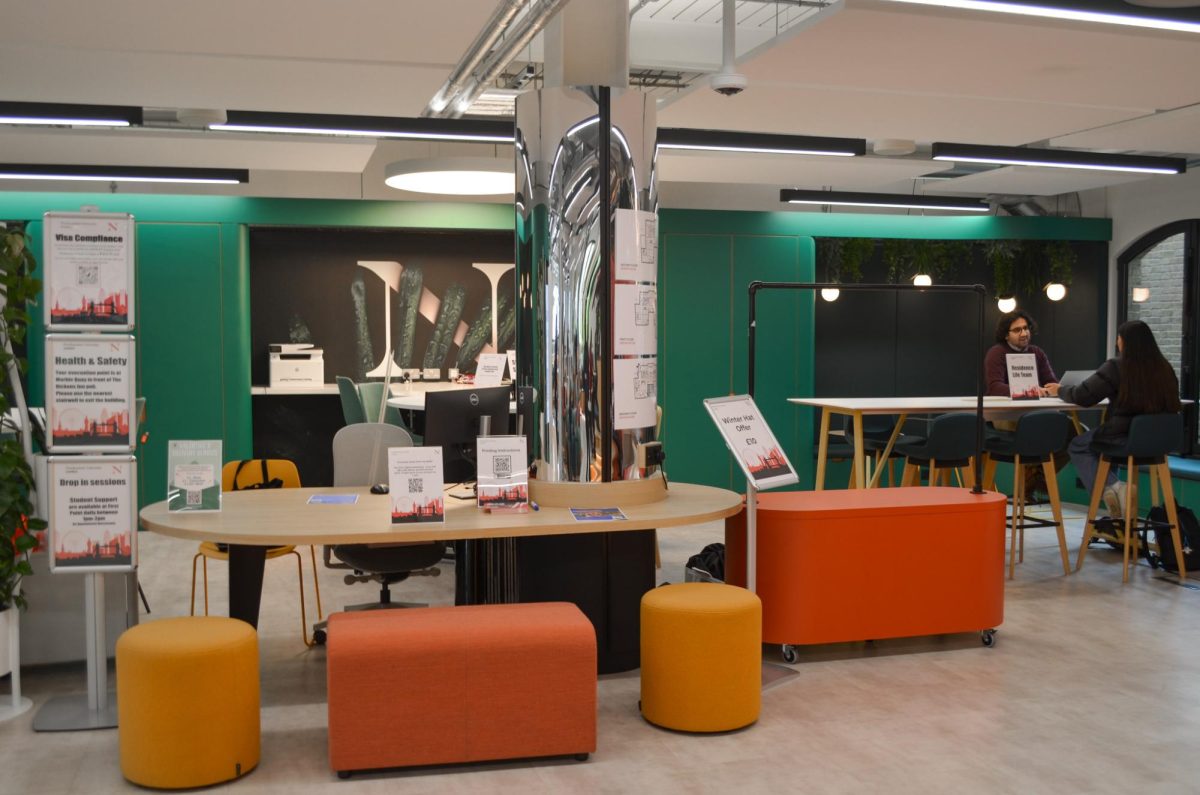By Eric Allen, News staff
The motley crew at any given kegger can be as unpredictable as the cast of characters in a Wes Anderson film:’ a brooding, quirky blonde with heavy eyeliner; an underage know-it-all; a multifaceted, mustache-bearing writer. But when, exactly, did the amateur sommelier start showing up to parties?
You’ve seen him. He’s the one telling a semi-interested circle of co-eds which wine goes best with the half-full bag of Fritos. He’s a shining example of a growing strain of social drinker ‘- the kind who doesn’t drink to get drunk, necessarily, but to unwind, responsibly. He’s not interested in downing eight cans of Pabst Blue Ribbon, and neither are a growing number of party-goers.
‘The trend is that wine isn’t just cultural anymore,’ said Steven Rubin, wine director of Huntington Wine & Spirits, and a Northeastern alumnus. ‘It’s very appetizing, chic and educational.’
Rubin has been at Huntington Wine & Spirits for about 20 years, and he said he’s seen the store’s wine sales increase by double digits every year.
‘Students want to appreciate wine,’ he said. ‘There are so many varieties ‘- it’s fun.’
Lately, the bestselling wines at the store have been Pinot Noirs, Rieslings and Pinot Grigios, Rubin said.
‘These wines are all fresh and fruity, smooth, easy to drink and food friendly,’ he said.
Wine sales haven’t just increased at Northeatern’s proximal liquor store ‘- a Gallup poll in July 2008 reported that beer is, in fact, losing its lead over its classier cousin. Conducted in Princeton, N.J., the poll asked 1,016 adults (18+) about their drinking habits. Among the people aged 18 to 29, 45 percent reported a preference for beer while 19 percent said they preferred wine. Compare this to the 1994 findings, in which 71 percent of the same age group said beer was their number one choice, and only 14 percent said they liked wine better. The remaining percent of drinkers in each survey preferred hard liquor.
It’s clear that beer is still the favorite among the collegiate crowd, and it has been for a while. But the closing gap between beer guzzlers and wine aficionados represents a change in partygoers’ preferences.
‘When you’re drinking wine, it’s more of a chilled atmosphere,’ said Jay Gibbons, a senior finance major. ‘You don’t hear about anybody chugging wine. It’s meant to be tasted and enjoyed.’
Gibbons described himself as a big wine drinker, and a ‘Cab[ernet] guy.’ When he was younger he was a beer snob, he said, but has since moved on to wine.
‘Wine is one of those things ‘- once you taste the good stuff, it’s hard to go back,’ he said.
His taste for more expensive wines isn’t the norm, however. For some students, the multitude of less-than-$10 bottles of wine fits nicely into their low budgets.
‘We usually go for what’s cheap,’ said Meaghan Hitt, a sophomore physical therapy major, speaking of herself and her friends. ‘It’s always more of a ‘Thursday night, let’s watch ‘Gray’s’ and drink wine’ type of thing.’
Cheap wine, by definition, tastes cheap, right? Not necessarily, said Tyler Balliet, managing director and editor-in-chief of The Second Glass, a Boston-based print and online wine magazine.
‘For half the price, you can get a better bottle,’ Balliet said. ‘Just because the price is expensive doesn’t mean that’s what your going to get. It’s price-to-quality ratio that makes a good wine.’
The latest issue of The Second Glass, available for perusal at www.thesecondglass.com, features a guide to the best wines from different countries and an article explaining the science of hangovers. In addition to the magazine, Balliet and his team of vinophiles host Crash Course Wine Seminars, providing patrons with knowledge and samples of six to eight wines, according to the website.
Balliet offered some tips for budding wine connoisseurs: Look for bottles from up-and-coming wine regions and wine made from lesser known grapes, he said. An obscure grape isn’t marketable, he said, so it’s going to be cheaper.
There exists, of course, a corporate world of well-branded wines, like Yellow Tail and Fish Eye boxed wine, which allow drinkers to know what they’re getting every time. But Balliet said trying new wines can only lead to a more knowledgeable drinker.
‘The more wines you drink, the more you buy, the better you’ll get at picking wines,’ Balliet said. ‘The most important thing is not to sweat it.’
Likewise, Rubin said picking a good wine doesn’t require a sommelier’s eye. It’s just a matter of reading the back of the label to see the winemaker’s notes, he said. He also recommended bottles from Chile, Argentina and Spain.
Balliet said the recent piqued interest in wine won’t dwindle anytime soon.
‘The wine industry has nowhere to go but up,’ he said. ‘With young people especially ‘- it’s a generation of people who are seeking out unique, different things.’








